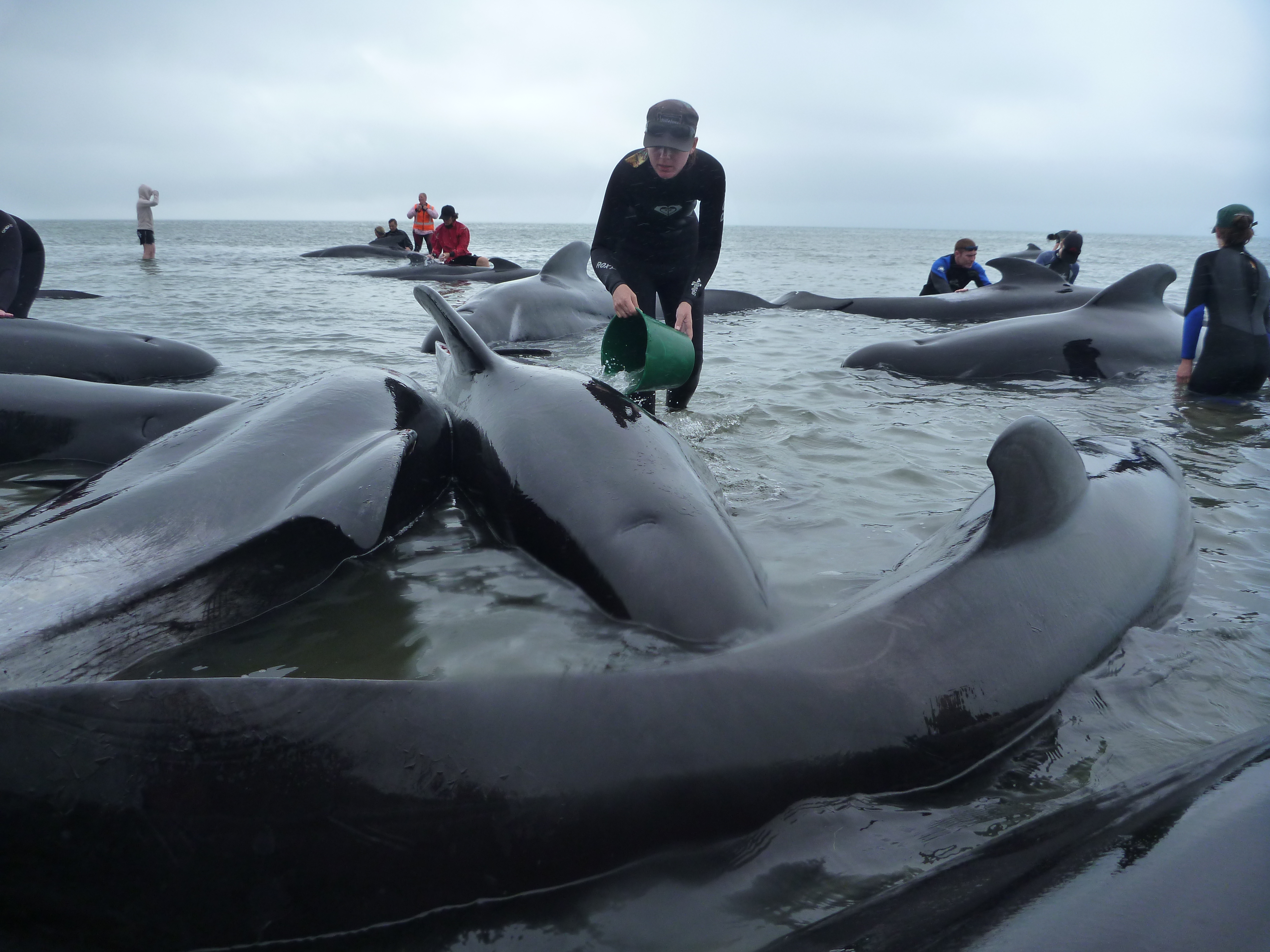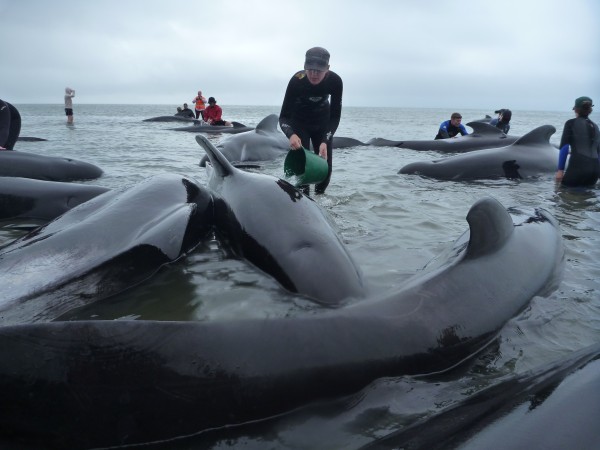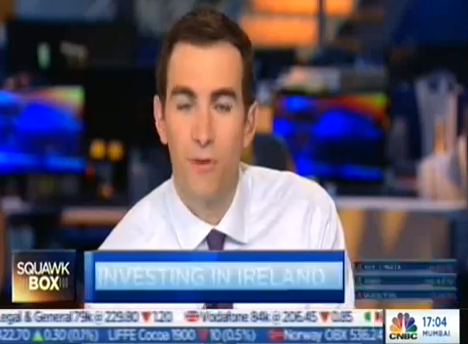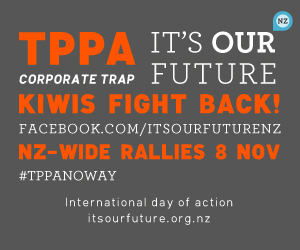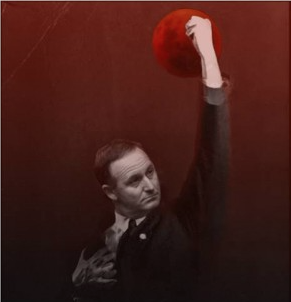
(This blog has been edited for clarity on November 11, 2014. The new version was also published on the Unite Union blog.)
The decision of the US Federal Reserve to end its programme of “Quantitative Easing” signals a desire for a return to monetary “normalcy” in capitalist policy circles. The announcement was made on October 29, the anniversary of the 1929 crash on Wall Street—triggered by a previous series of monetary tightening measures by the U.S. central bank that ushered in the Great Depression of the 1930s.
But the world capitalist economy today stands at a critical juncture that is far from normal.
Stagnation is the order of the day across Europe. Output remains two percent below the peak reached in 2008 before the financial crisis and great world recession. Investment remains 15 percent below 2008 levels. The European central banks and governments are now instituting their own forms of monetary loosening after years of austerity in an attempt to jump-start the economy and escape a deflationary spiral. A similar picture exists in Japan.
A classic crisis of overproduction
The world economic crisis of 2007-09, a classical capitalist crisis of overproduction, was by far the worst since the crisis 1929-32. Like all such crises it was preceded by an explosive growth in credit as the capitalists sought to escape the basic laws of economics and produce more commodities than the market could absorb. But in the end, interest and principal must be paid and when it cannot interest rates rise, the bubble bursts, credit contracts and the economy enters a new recession. Capitalism has had this process repeat itself regularly for nearly 200 years, and yet the pro-business economists and media commentators always seem surprised.
Before the latest recession, the US economy had benefited from the Asian financial crisis starting in 1997, which saw a flow of funds to the US that pushed interest rates down to near-record lows. This fuelled the credit expansion in the U.S. and other imperialist countries even more dramatically than would have been possible otherwise. Those funds fed the series of economic bubbles that preceded the great crash—for tech stocks, the share market more broadly and finally housing. The collapse of the housing bubble threatened to bring down a number of large banks and financial institutions and a collapse of the banking system itself. The overproduction crisis was revealed for all the world to see. There were simply too many houses, cars, and other commodities to be sold—too many to be sold at a profit, not too many in terms of human needs.
The major capitalist countries were forced to spend trillions of dollars, euros and so forth to save the banks and other financial institutions from collapse.
The Fed’s electronic printing press
Quantitative easing for the US was essentially the electronic equivalent of printing by the US Federal Reserve of some $3.5 trillion over the last six years to purchase government and mortgage bonds. This unprecedented measure was designed to achieve two main objectives. The first was to shore up threatened financial institutions and prevent a further downwards spiral of the economy. That was achieved. But the continuation of quantitative easing after that point to try and force feed the economy to grow faster does not appear to have been much of a success. Growth has remained sluggish.
Because it possesses the only truly world reserve currency (and backs up the dollar with a military budget equalling everyone else in the world combined), the US is in a privileged position compared to other countries. When dollars were badly needed as means of payment during the 2008 panic, the US was able to print them on an unprecedented scale without a disastrous inflationary devaluation. In fact, initially the dollar actually gained in value.
The European banks and governments don’t have this privilege. Rescuing their banks required expanding already large budget deficits, and those deficits had to be financed with bonds issued and sold. This was the origin of the so-called “sovereign debt crisis” that hit European countries when hedge funds and other money capitalists who buy these bonds demanded ever higher interest rates to matched the perceived risk.
The tyranny of the bond market
Through the sky-high interest demanded, the bond market was in effect insisting that these governments impose austerity programmes of cuts to basic social services, layoffs of government workers and cuts in their pensions if the governments wanted ever again to earn the right to borrow at “normal” interest rates from these vultures.
From the capitalists’ perspective, they have achieved their goal. Every government imposed austerity and so has been rewarded with sharply lower interest rates, except for Greece, where the interest rate has fallen but is still at an unsustainable (in view of tax revenues) 7.6%. However, the huge state debts that are a legacy of the costs of the bank bailouts that many European countries are now saddled with mean that when the next crisis hits they will be in an even weaker position in the face of demands of the “bond market”.
The threat of deflation
The economic consequences of years of austerity in Europe are now threatening to throw these economies into a deflationary spiral and renewed recession even before escaping the last one. Currently, Europe and Japan are trying to defeat the deflationary pressures by easing credit conditions and taking other stimulatory measures. This has the perverse effect of exporting the deflationary pressures to the US. The “stimulatory” measures are seen as undermining the currencies, causing capitalists to move their money to the US, viewed as the safest haven in troubled times.
This raises the “value” of the US dollar in gold terms (dollar price of gold falls) while inflating dollar-denominated assets like stocks and bonds, which are being bought by the foreign money capitalists, other investors, and corporations buying back their own shares. The flight into the dollar has a destabilising impact on the US (and world) economy which is certain to be amplified by the end of the Federal Reserve’s quantitative easing.
The rise in the dollar’s value against both the Euro and gold, combined with the slowdown in China and stagnation in Europe and Japan has produced a major decline in commodity prices. New Zealand capitalism feels this most keenly in dairy prices. But the Reuters/Jeffries index of overall primary commodity prices, almost entirely denominated in dollars, has dropped over 40% since 2008.
The industrial cycle
The US economy has got through the worst—crisis—phase of the industrial cycle, in which capitalist profits fall sharply or turn into losses, production is sharply cut back, and unemployment soars. The “depression/stagnation phase” that followed the crisis has given way to a phase of what Marx called “average prosperity”. A new “boom” can take hold only after more “excess capacity” is eliminated and a new wave of accelerated investment in productive capacity gets underway.
A period of depression/stagnation is a necessary phase of the industrial cycle. Given the fact that the crisis is ultimately a crisis of overproduction, before capitalist profitability can recover the overproduction must be eliminated if conditions favorable for the realisation of surplus value contained in commodities is to be restored. In the first place, that means eliminating accumulated inventories.
But real progress comes when new investment in factories, mines and other means of production once again becomes profitable. At that point industrial corporations and the banks will say it is time to start investing/lending all this money they have been accumulating over the stagnation/depression phase of the cycle or be left behind. At that point production will inevitably race ahead of the more slowly growing market. Credit will be expanded, but as that expansion reaches its limits not all commodities will be able to be sold at a profit. The boom will turn into a bust. If the usual 10-year cycle holds this time, then the next recession can be expected around 2017, give or take a year or so.
The threat of inflation
However, here we come to another risk in the system. The banks have accumulated trillions of dollars in reserves as a result of quantitative easing. The banks have also been encouraged to hold on to their excess reserves through the decision by the Fed to pay 0.25% interest on those reserves. After coming close to total collapse when the housing bubble burst, the banks have also greatly tightened lending standards on their own, at least for the time being.
Industrial and commercial corporations also hoarded funds during the depression/stagnation phase of the cycle. If they and the banks were to suddenly become bullish about the economy and draw all those accumulated funds into circulation through productive investment and lending, an inflationary explosion will likely ensue. The last time such an explosion in the US occurred, in the 1970s, the Federal Reserve under Paul Volcker was forced to raise interest rates radically to break the resulting inflation and threatened collapse of the dollar. Dubbed the “Volcker Shock”, the Fed cranked up the rate for inter bank loans—currently between 0% and 0.25%—to an astronomical 20%.
The current flight out of the euro, yen and other currencies into the dollar and resulting low interest rates could again lead to new bubbles that burst and a new crash that threatens the banking system as a whole like happened in the 2000s after the Asian crisis.
Other risks abound. The Ebola crisis could get out of hand with negative economic and social consequences. Attempts to impose a US-led order in the Mid-East–the world’s main oil spigot—have brought only more and broader disorder.
Next cyclical downturn
Working people of the world are the inevitable victims of the continuing instability and crises that plague the capitalist mode of production. In the best-case scenario, the world will be entering a new world cyclical downturn around 2017 without experiencing a robust recovery.
The “recovery” in some capitalist countries like the US and New Zealand has enriched the 1%, while wages and salaries for most everyone else have stagnated. The feeble recovery in Europe and Japan could collapse into a double- or triple-dip recession. New stock and bond market bubbles are growing in the U.S that will inevitably burst. If the current US expansion gains real traction, the Fed will soon face a depreciating dollar and resulting inflationary pressures forcing interest rates hikes that could bring the current expansion to an end even sooner than 2017.
This is the future capitalism has in store. It is a system that must be replaced. That is the task of the working class leading the oppressed of the world; we are the ones who have no stake in its continuation.
TDB Recommends NewzEngine.com

